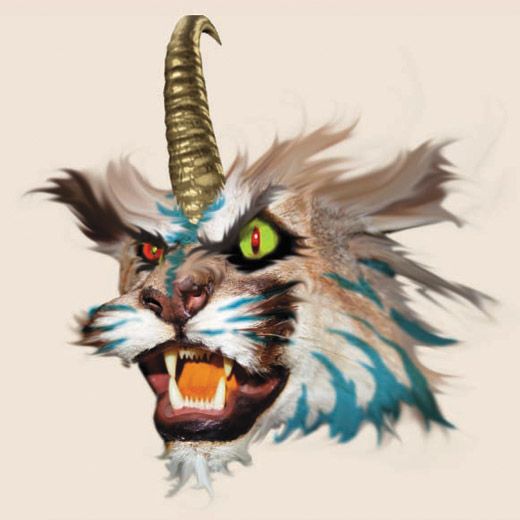Words from the Dictionary of American Regional English
After half a century of studying jib-jabbing, linguists have just finished the nation’s most ambitious dictionary of regional dialects
On to Z!” reads the tombstone of Frederic Cassidy, the first editor of the Dictionary of American Regional English (DARE). He started the project in 1962, and the dictionary’s last words (Sl-Z) will finally be published this month. Thanks to DARE, we will always know that a “gospel bird” once meant a chicken, “long sugar” was molasses, a “toad-strangler” (a.k.a. “duck-drownder,” “belly-washer” or “cob-floater”) was a heavy rainstorm and “Old Huldy” was the sun.
The dictionary includes some 60,000 entries, based in part on thousands of interviews conducted from Hawaii to remotest Maine. Researchers asked locals a series of 1,600 vocabulary-prompting questions. They flashed pictures of indigenous flora and fauna and got their subjects to jib-jab, trade chin music or just plain chat. Editors at the University of Wisconsin at Madison scoured newspapers, diaries, billboards, poetry collections and menus. Each entry notes where and when a word seems to have surfaced and when it fell out of favor.
Happily, many humdingers remain on our lips, and local dialects still shape how we speak and are understood.
“Most people perceive themselves as speaking quite normal English,” says lexicographer Joan Houston Hall, the dictionary’s chief editor and Cassidy’s heir (he died in 2000). “Sometimes it’s quite a surprise to realize that the words they use every day and assume everybody knows wouldn’t be understood in other parts of the country.”
Those fluffy bits beneath the bed, for instance, are dust kitties (Northeast), dust bunnies (Midwest), house moss (South) or woolies (Pennsylvania). A potluck is a tureen dinner in upstate New York or, in the Midwest, a pitch-in or scramble dinner. Almost a whole page of DARE is dedicated to “wampus,” a Southern term for a variety of real creatures (such as a wild horse) and imagined ones, such as swamp wampuses and whistling wampuses.
Some DARE words hint at long-lost social occasions. At a “waistline party,” mentioned in African-American circles, the price of admission corresponded to a reveler’s girth; at a “toe social,” a mid-20th- century term, women draped in sheets were picked as partners on the basis of their feet. (Presumably they then danced together uninhibitedly, or “fooped.”) We can hear echoes of how men and women spoke to, or about, each other. In the 1950s, a man from the Ozarks might say his pregnant wife was “teemin’” or “with squirrel”—but not if she was around to hear him.
New words spring up all the time, but American language has become duller in some respects, because of the homogenizing impact of mass culture. The Subway fast-food chain has largely settled the great torpedo vs. hoagie vs. po’ boy vs. grinder vs. hero debate—most people just call a long sandwich a “sub.” Yet what makes for better conversation, a cold Texas wind or a “blue norther”? A baby frog on Martha’s Vineyard or a “pinkletink”? The loss of such words almost puts a lump in your goozle.
Planning Your Next Trip?
Explore great travel deals
Smithsonian magazine participates in affiliate link advertising programs. If you purchase an item through these links, we receive a commission.
